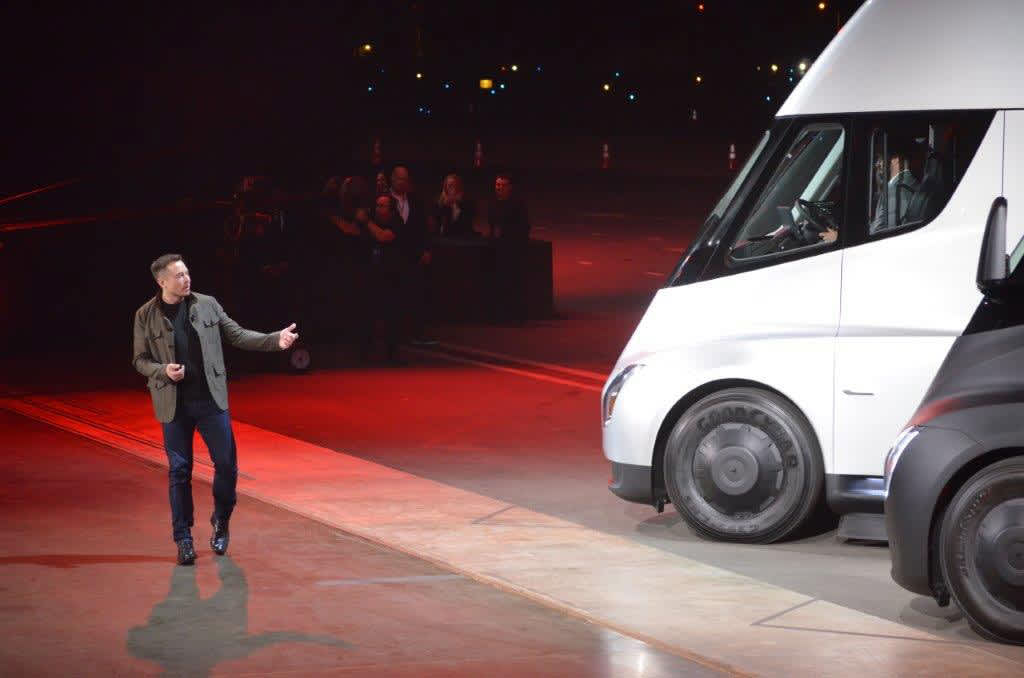This post was originally published on this site

SpaceX is working on an antenna that will connect vehicles like semi-trucks and RVs to its satellite internet network, CEO Elon Musk said in a tweet on Monday.
Musk clarified that the antenna will not be for “connecting Tesla cars to Starlink,” saying that the user “terminal is much too big.”
“This is for aircraft, ships, large trucks & RVs,” Musk said.
Musk was responding to CNBC’s reporting that SpaceX requested authorization from the Federal Communications Commission to begin deploying antenna for its Starlink service on “moving vehicles.”
Starlink is the company’s capital-intensive project to build an interconnected internet network with thousands of satellites, known in the space industry as a constellation, designed to deliver high-speed internet to consumers anywhere on the planet.
SpaceX director of satellite policy David Goldman wrote in a letter to the FCC on Friday that “the volume of traffic flowing over the world’s networks has exploded,” adding that “no longer are users willing to forego connectivity while on the move.”
“This application would serve the public interest by authorizing a new class of ground-based components for SpaceX’s satellite system that will expand the range of broadband capabilities available to moving vehicles throughout the United States and to moving vessels and aircraft worldwide,” Goldman wrote.
Musk’s space company last year asked the FCC for authorization to conduct experimental testing on private jets and with its maritime fleet of vessels. But Friday’s request is for a much broader “blanket license” for operations. SpaceX noted that the FCC’s rules “do not require applicants to submit a maximum number of user terminals to be deployed,” so the company did not indicate how many vehicle terminals it plans to build.



